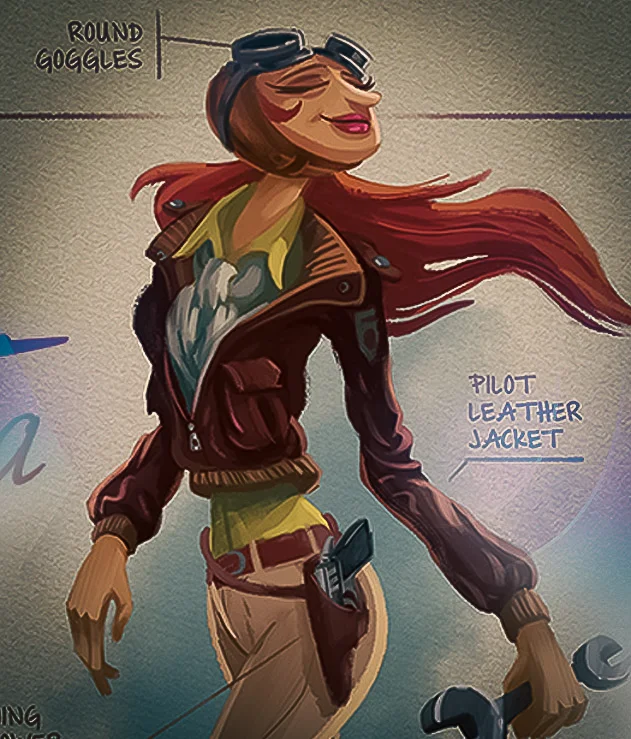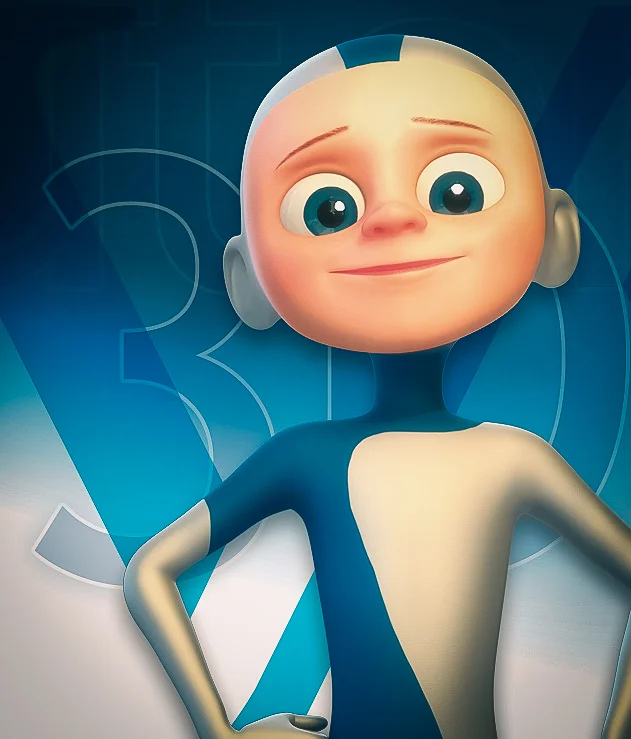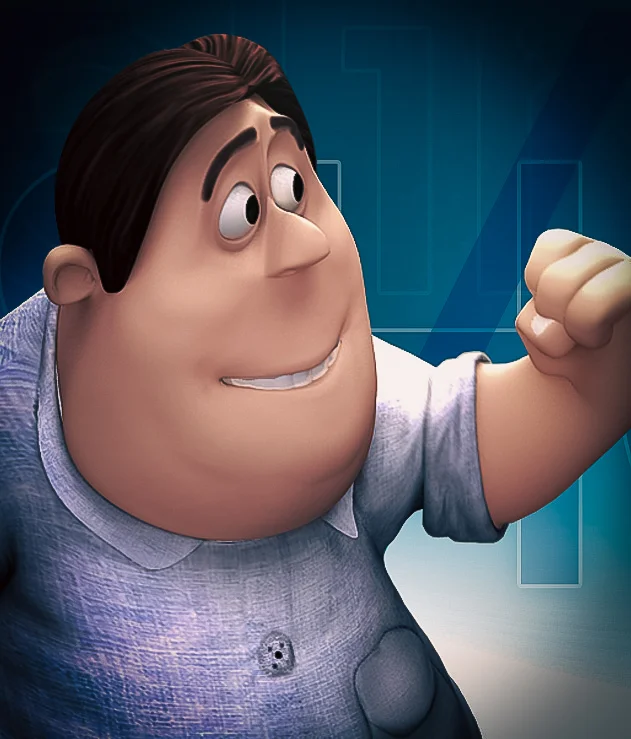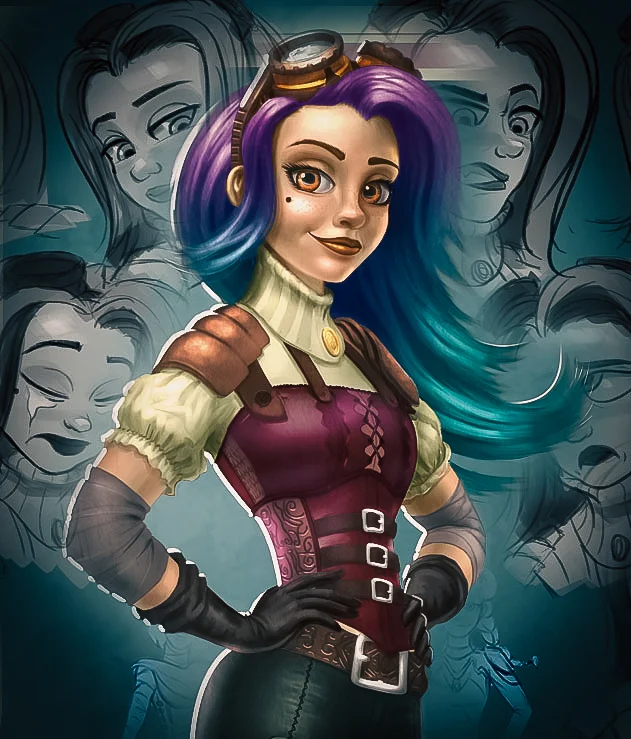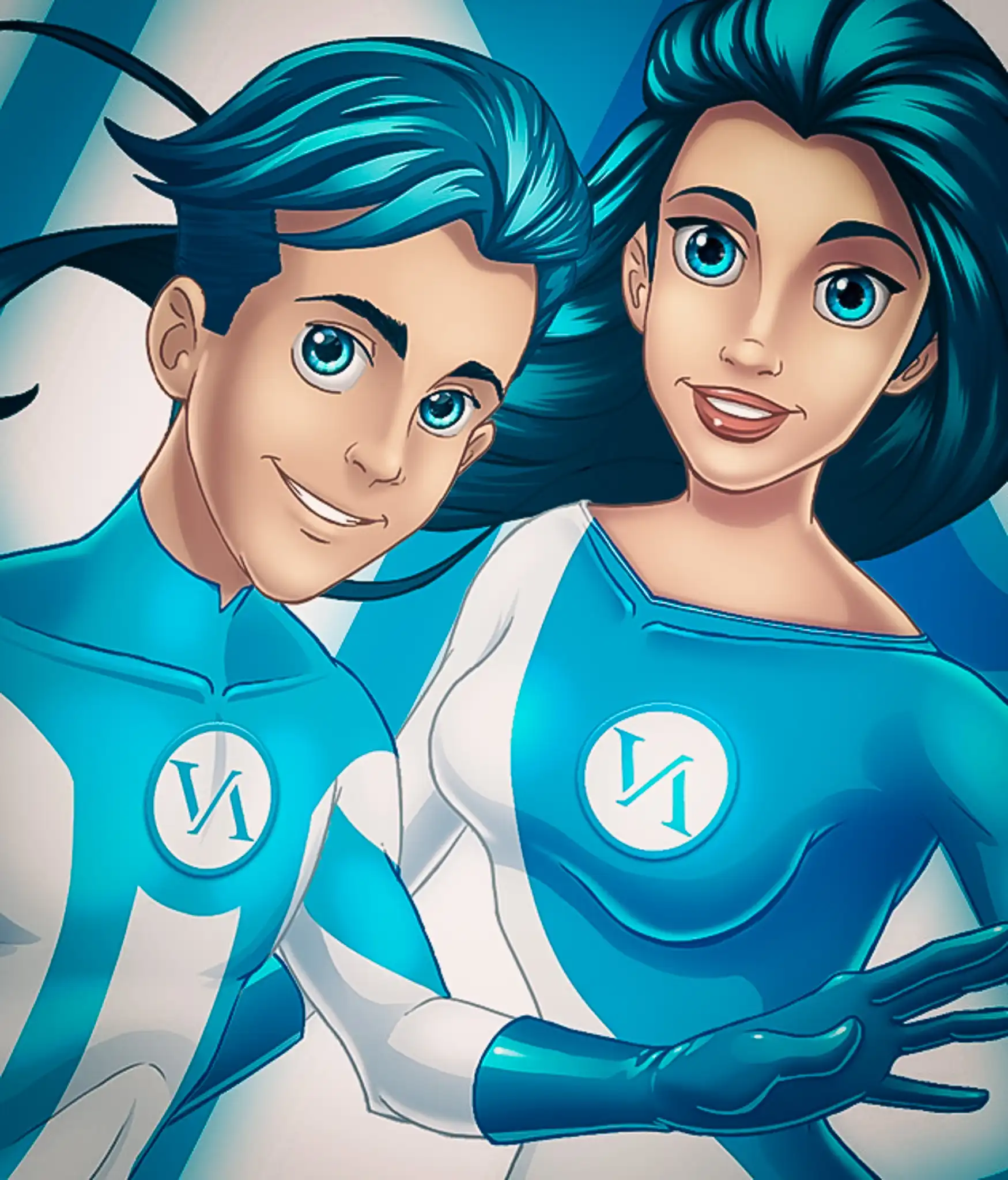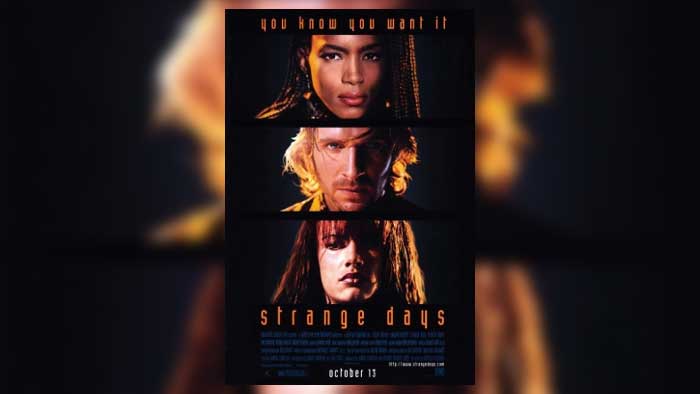 Image: (Wikipedia)
Image: (Wikipedia)
Author: VANAS Team
The Sci-Fi Movie That Predicted VR
Table of Contents
- What Is Strange Days and Why It Matters
- How Strange Days Predicted Modern Virtual Reality
- Virtual Reality vs. Animation: What’s the Link?
- The Emotional Side of Tech in Animation and VR
- Music, Motion, and Memory in Animated Storytelling
- Why This Movie Still Feels Real Today
- Frequently Asked Questions
- Key Takeaways
What Is Strange Days and Why It Matters
Imagine watching someone’s memory—not just watching it, but actually feeling like you’re inside their body, seeing what they saw. That’s the idea behind Playback, a virtual reality tech in the sci-fi movie Strange Days, released in 1995. The story follows a former cop named Lenny Nero who sells illegal VR experiences in Los Angeles during the last two days of the year 1999.
He’s not alone. His best friend and bodyguard, Mace, played by Angela Bassett, tries to keep him grounded in real life. But things go from shady to scary when someone starts using the VR tech to record their crimes—through their own eyes.
At first glance, Strange Days might seem like just another action film. But as you watch more, you realize it dives deep into what makes people feel—pain, joy, fear, and even obsession.
How Strange Days Predicted Modern Virtual Reality
Today, we think of virtual reality as cool headsets and fun games. But this movie imagined a much darker version of VR way back in the '90s—before even the internet was in most homes.
The tech in Strange Days—Playback—records not just video but feelings. When someone uses it, they experience someone else’s memory like it's happening to them. Think Meta Quest 3 or Apple Vision Pro, but way more intense.
What’s wild is how close today’s virtual reality tech is to what this movie imagined. In 2025, we already have immersive experiences and 3D video that lets you “replay” a moment. That idea of reliving the past is powerful—and a little scary.
“This is not ‘like TV only better,’” says Lenny in the movie. “This is life.”
That line hits hard. It makes you think about how real VR can feel—and how that can mess with your emotions. It also makes you wonder how far we’ll go with this tech. Will we use it to remember the good stuff, or get trapped reliving the bad?
Virtual Reality vs. Animation: What’s the Link?
At first, you might not think VR and animation are connected. But they’re both about creating experiences that feel real, even if they’re made up.
Animation uses drawings, designs, and effects to tell a story. VR uses digital environments to let you walk into that story. And now, the line between them is getting blurry.
For example:
- VR games often use animated characters and worlds
- Animated movies sometimes use 3D environments that feel almost like VR
- Tools that help animators create are now being used in virtual reality studios
So if you’re interested in animation, you’re already learning skills that could help you design virtual reality worlds in the future. VANAS Online Animation School offers Animation, Visual Effects, and Video Game programs. To launch your career, visit https://www.vanas.ca
The Emotional Side of Tech in Animation and VR
One of the strongest parts of Strange Days is how it explores emotions—especially the kind you try to hang onto. Lenny uses Playback to replay memories of his ex-girlfriend, tricking himself into feeling like he’s still with her.
Have you ever listened to an old playlist or looked at photos from a great day and suddenly felt like you were there again? That’s what Playback does—only it’s way more intense.
But Mace doesn’t think that’s healthy. At one point she says:
“This is your life! Right here! Right now! It’s real time, time to get real, not Playback!”
That message isn’t just for Lenny—it’s for all of us. Whether we’re watching animated movies, using VR, or scrolling through social media, it’s easy to get lost in what was. But sometimes, you have to focus on what is.
In animation too, stories hit harder when they’re connected to something real—an emotion, a memory, or a message.
Music, Motion, and Memory in Animated Storytelling
Strange Days doesn’t just rely on visuals. It uses music in a powerful way—kind of like how soundtracks in animated movies can make you cry, laugh, or jump in your seat.
In the movie, Juliette Lewis (playing Faith) sings PJ Harvey songs live. There’s also a performance by rapper Jeriko One, who uses his music to talk about racism and police brutality—big issues that still matter today. Add in acts like Aphex Twin and Deee-Lite, and it becomes clear: this movie used sound to feel like the future.
In animation, music is just as important. It tells you when to feel excited, scared, or even safe. If you want to become an animator or sound designer, learning how to blend music and story is a huge part of the job.
Why This Movie Still Feels Real Today
Even though Strange Days came out in 1995, the tech, the emotion, and the questions it asks feel more relevant than ever. We’re now living in the world it dreamed up.
From body cameras and virtual reality to deepfake videos and livestreamed crimes, it’s easy to draw a straight line from the movie’s world to ours.
And unlike other old-school sci-fi movies that feel kind of cheesy now, this one still looks good. Instead of relying on bad CGI, it used smart camera work to make VR scenes feel real—like you’re actually inside someone else’s head.
As one viewer put it, “Strange Days is both a thrilling action movie and a mind-bending exploration of technology and memory.”
That’s what makes it stand out—not just as a cool movie, but as a creative look at what animation and virtual reality might become.
Frequently Asked Questions
What is virtual reality in movies?
- Virtual reality in movies is a way to show what it’s like to enter another world or someone else’s experience using technology. It can be done with animation, special effects, or first-person camera shots.
Is Strange Days an animated movie?
- No, but it uses techniques like point-of-view filming and analog effects that feel like animation. These visual styles are often used in modern VR and animated storytelling.
How does animation relate to virtual reality?
- Animation creates the environments and characters that virtual reality brings to life. Many VR games and experiences are made by animators or people trained in animation.
Can animation be emotional like live-action movies?
- Absolutely. Some of the most powerful emotional moments in film history are from animated movies. Animation lets artists express big feelings in creative, visual ways.
Why should I care about animation and VR?
- Because they’re the future. From games and apps to movies and social media filters, animation and virtual reality are everywhere. Learning these skills now opens doors to exciting careers.
- Strange Days imagined a form of virtual reality that’s starting to exist in real life
- The movie blends action, emotion, music, and memory in ways that feel modern
- Animation and VR are closely connected in how they create new, emotional experiences
- Music and visuals work together in both animation and Strange Days to tell powerful stories
- Teens interested in storytelling, tech, or art should explore animation as a career

